But you’re not like them; you think things through before making commitments. You do your research. Here are 10 myths about exercising that will make you mad—and all the information you need to make sure you don’t fall victim to them…again.
10 Myth: Sweating Out a Cold
Whether it’s a quick HIIT or 10 minutes in the sauna, “sweating out” a cold is something that just doesn’t work. There are a few components to this myth that make it so believable. The first is the idea that toxins exit the body through our sweat, which is completely false. Sweat is entirely comprised of water, salt, and fat. Toxins are filtered through the kidneys and liver and will definitely not come oozing out of our sweat glands no matter how hard we try to make it work. “Stop trying to make sweating out a cold happen!” cue Regina George voice. Another part of the “sweating out a cold” myth is the misconception that we “feel better” after a workout. While it’s true that exercise can release endorphins, which might boost our mood, there isn’t anything curative about working out while you’re sick. In fact, our immune systems are actually weakened for 24 hours following high-intensity workouts.
9 Myth: Getting “Toned” Muscles
The myth of “toned” muscles is one that needs to die in the new year. To make things very clear, when we do strength training of any kind, we are building muscle. The concept of having lean or “toned” muscles is a marketing ploy. According to Insider, Rachel Hosie describes this myth as one targeted specifically at women to increase female gym users. She adds, “There are so many workouts and exercises that are branded as ‘toning,’ particularly those targeted [at] women. And it makes my blood boil because it’s misinformation that preys on women’s insecurities.” Beauty standards expect women to be lean, and when the fitness industry decided it wanted to target women at a higher rate, it created the myth that women should have “toned” muscles. This narrative suggests that women ought to lose fat and gain muscle, somehow all without getting “too muscular.” It creates a rather vicious cycle that keeps women insecure about their bodies while having them invest more time and money into the health and wellness industry.
8 Myth: Exercise Makes Back Pain Worse
While it’s true that a workout feels like the last thing you’d want to do when you’re experiencing back pain, the idea that back pain is made worse by exercise is false. Specialists at the Mayo Clinic note that movement is what our body needs to recover from back injuries and muscle soreness. That means that bed rest and avoidance of exercise might actually be having the opposite effect on your recovery. Sorry, not sorry!
7 Myth: Targeted Fat Loss
Targeted fat loss is another exercise myth that needs to disappear in 2022. I mean it. Ab workouts won’t target tummy fat, an extra hard leg day won’t give you a “thigh gap,” and no device you buy online will cure you of “tech neck.” Let’s debunk this myth in detail, though, because it’s one that a lot of advertisers and fitness “experts” use to get people to spend money on programs they won’t see results with. Watch this video on YouTube First of all, body fat is measured as an overall percentage of fat within the body. Certain parts of our bodies might have more fat than others, but the way our bodies distribute fat is out of our control. This means that when we gain fat, our bodies place it wherever it feels like we need excess fat, and when we burn fat, it comes from where our bodies have stored that excess fat. When an exercise or workout routine claims to target fat in a specific area, what it really means is that it targets the muscle groups in that specific area. We can build muscle in specific areas and muscle groups, but we can’t burn fat in specific areas.
6 Myth: Turning Fat into Muscle
So, the main problem with the myth that individuals can turn fat into muscle is that muscle and fat are completely different substances. Watch this video on YouTube An article for the Cleveland Clinic describes muscles as soft tissues made up of “many stretchy fibers.” The muscles that are visible when we look in the mirror are known as our skeletal muscles, and they, along with tendons and ligaments, hold up the weight of the bones, organs, and tissue that make up the body. Fat, on the other hand, is something that our bodies store under the skin and around our organs. Excess fat might show up in areas we’d rather have visible muscles (like our abdomen, for example), so it’s easy for people to claim that when you burn fat in a specific area and gain muscle, that the fat turns into muscle. But the reality is that two different processes are occurring. The first is that you are building muscles, and the second is that you are burning fat.
5 Myth: Fat Loss = Weight Loss
Something that so many people are confused about is the difference between weight loss and fat loss. In this YouTube video, Dr. Rohini Somnath Patil explains that weight loss (as seen on the dreaded scale) has multiple influencing factors and that it’s not the same thing as fat loss. Our weight as humans is influenced by our muscle mass, water weight, fat, and even poop. A lot of the time, people will make really significant changes to their diets and exercise routines but not notice any weight loss. This can be so discouraging because it seems like no progress is being made. When you start working out regularly, you start building muscle. Muscle has weight to it! Dr. Somnath Patil recommends using your measurement changes as a way to gauge progress instead of your weight because fat loss is far more telling of lifestyle changes and improved health than weight loss is.
4 Myth: Cardio Is All You Need
The myth that all you need is cardio is pretty antiquated, but I still hear it time and time again. People swear by running, but modern research tells us that a combination of cardio and strength training is the key to an overall improvement of physical health. According to Dr. Mike, incorporating strength and resistance training into your exercise routine can improve your metabolic rate, your bone density, your hormonal profile, and even your sleep quality. Not to mention, strength and resistance training can be done from the comfort of your own home really easily.
3 Myth: No Pain, No Gain
No pain, no gain, you say? How about less pain, more likely to continue your fitness journey long term. The notion that a good workout is defined by how sore you are afterward is not only false, but it holds people back from realizing their exercise and fitness goals. Being overly sore after a workout leaves your body more vulnerable to injury. Watch this video on YouTube So—and I cannot stress this enough if your new year’s resolution is to hit the gym—don’t hit it too hard.
2 Myth: Tracking Numbers is Everything
Counting calories consumed, calories burned, steps in a day, and so on can be helpful to some people. And it can be absolutely detrimental to others. At the end of the day, personal progress and health can’t be measured by a collection of numbers. Do you have more energy? Are you enjoying yourself? Is your exercise routine fitting in with your regular schedule? Have the changes you’ve made helped to improve your overall quality of life? Do you like the way you look? Are you feeling stronger? These are the kinds of questions you can ask yourself instead of fixating on numbers that mean something different to everyone anyway.
1 Myth: Bigger Is Better
The final myth I want to bust wide open is the one that says bigger muscles are stronger. While some people might prefer larger muscles for aesthetic reasons, bigger, bulkier muscles don’t necessarily lift heavier weights. Watch this video on YouTube Differences in muscle length and limb length can impact the size of someone’s muscles, making it more difficult to increase their muscle size. Genetic differences between individuals will also impact someone’s ability to build larger muscles, but that doesn’t say anything about their actual strength or ability to lift heavy weights. Essentially, you don’t have to look like Arnold Schwarzenegger to be the strongest guy in the room.
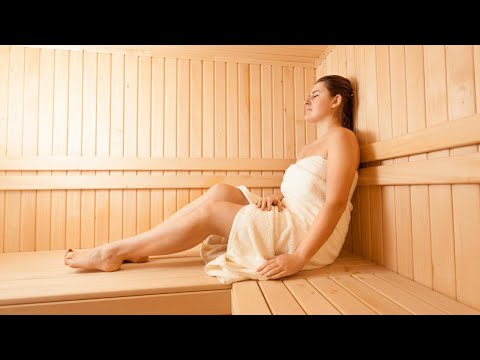
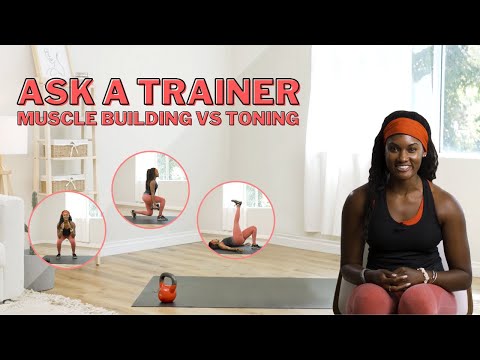
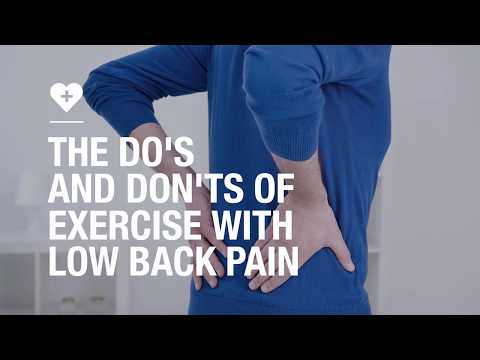
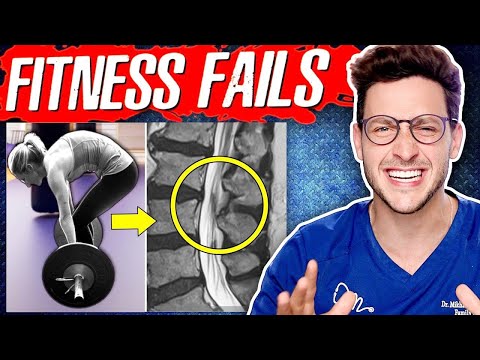
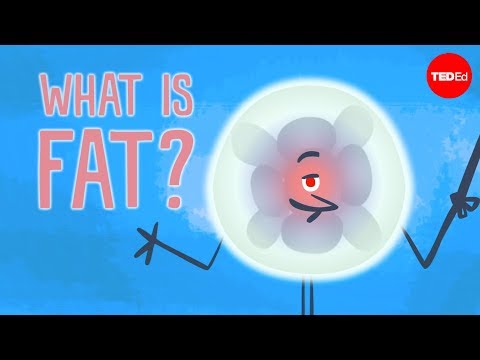

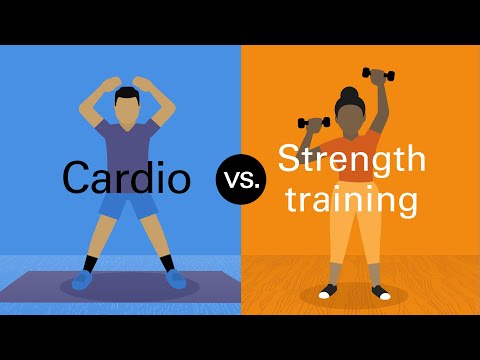
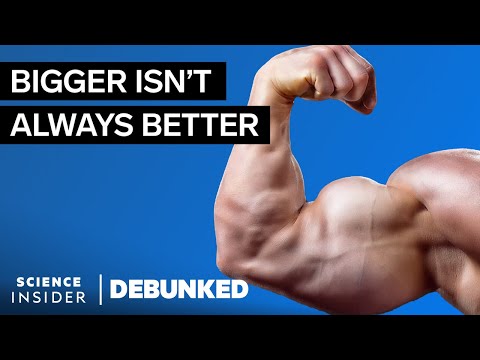
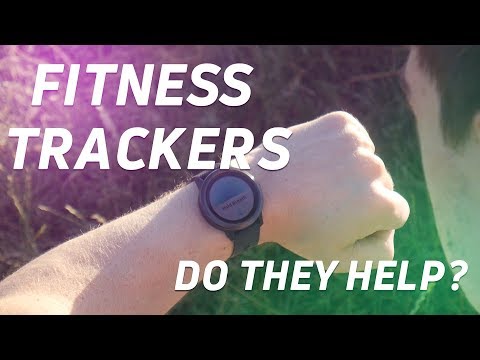
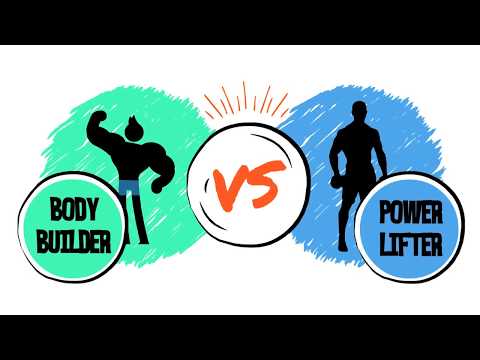







![]()






